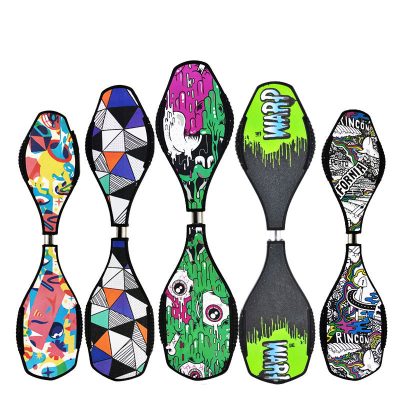Introduction: The design and engineering of waveboards are crucial factors in delivering a smooth and exhilarating riding experience. In this article, we delve into the intricate world of waveboard design, exploring how it influences performance, maneuverability, and overall enjoyment.
Design Considerations:
- Deck Shape and Size: Waveboards come in various deck shapes and sizes, each catering to specific riding styles and user preferences.
- Caster Wheel Configuration: The arrangement of caster wheels affects stability, turning radius, and the ease of executing tricks.
- Pivoting Mechanism: The pivotal mechanism between decks enables the fluid motion characteristic of waveboarding, requiring precise engineering.
- Grip Tape and Traction: Grip tape placement and traction pad design impact rider control and comfort during maneuvers.
Engineering Innovations:
- Wheel Technology: Advances in wheel materials, profiles, and bearings enhance traction, speed, and the overall ride experience.
- Pivoting Mechanism Enhancement: Engineers refine the pivoting mechanism for smoother turns and increased maneuverability.
- Material Selection: Utilizing lightweight and durable materials contributes to the board’s performance and longevity.
- User-Centered Design: Waveboards are engineered with the rider’s experience in mind, optimizing balance, stability, and control.
Conclusion: The fusion of innovative design and precise engineering shapes the world of waveboards. By understanding the intricate interplay of design elements and engineering advancements, riders can appreciate how these factors synergize to create a seamless and exhilarating riding experience.






